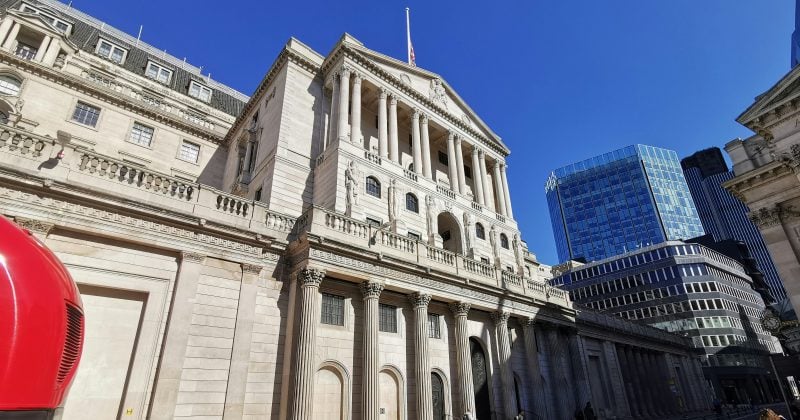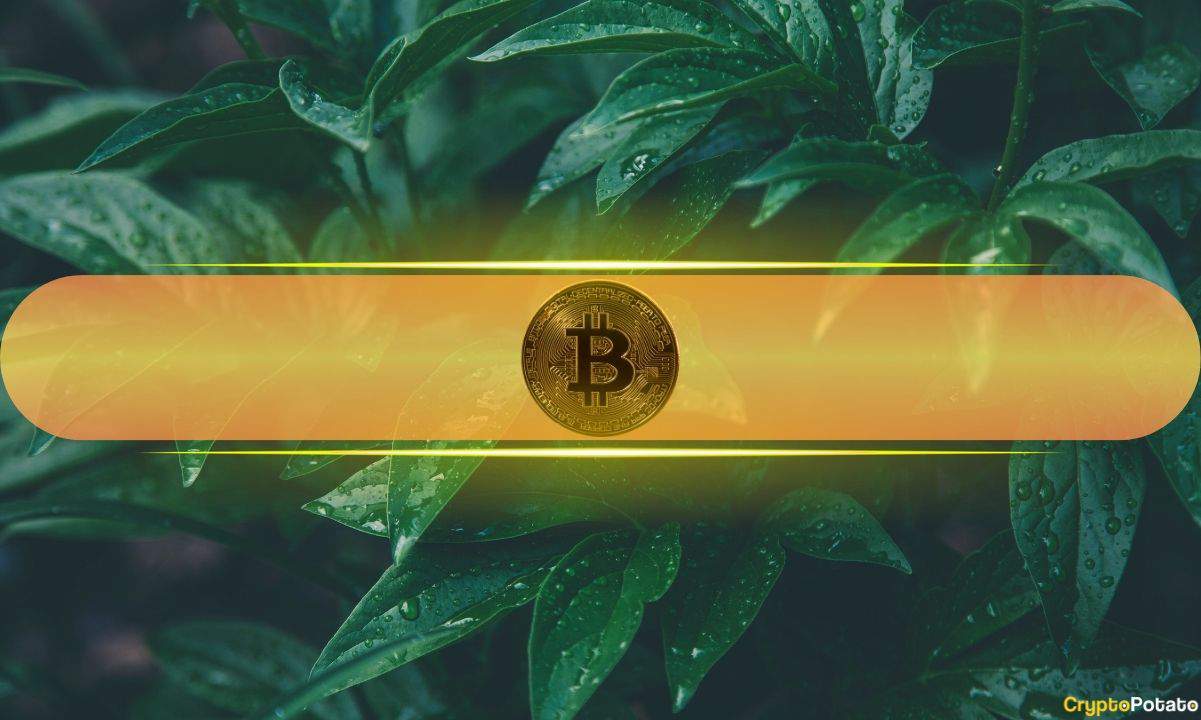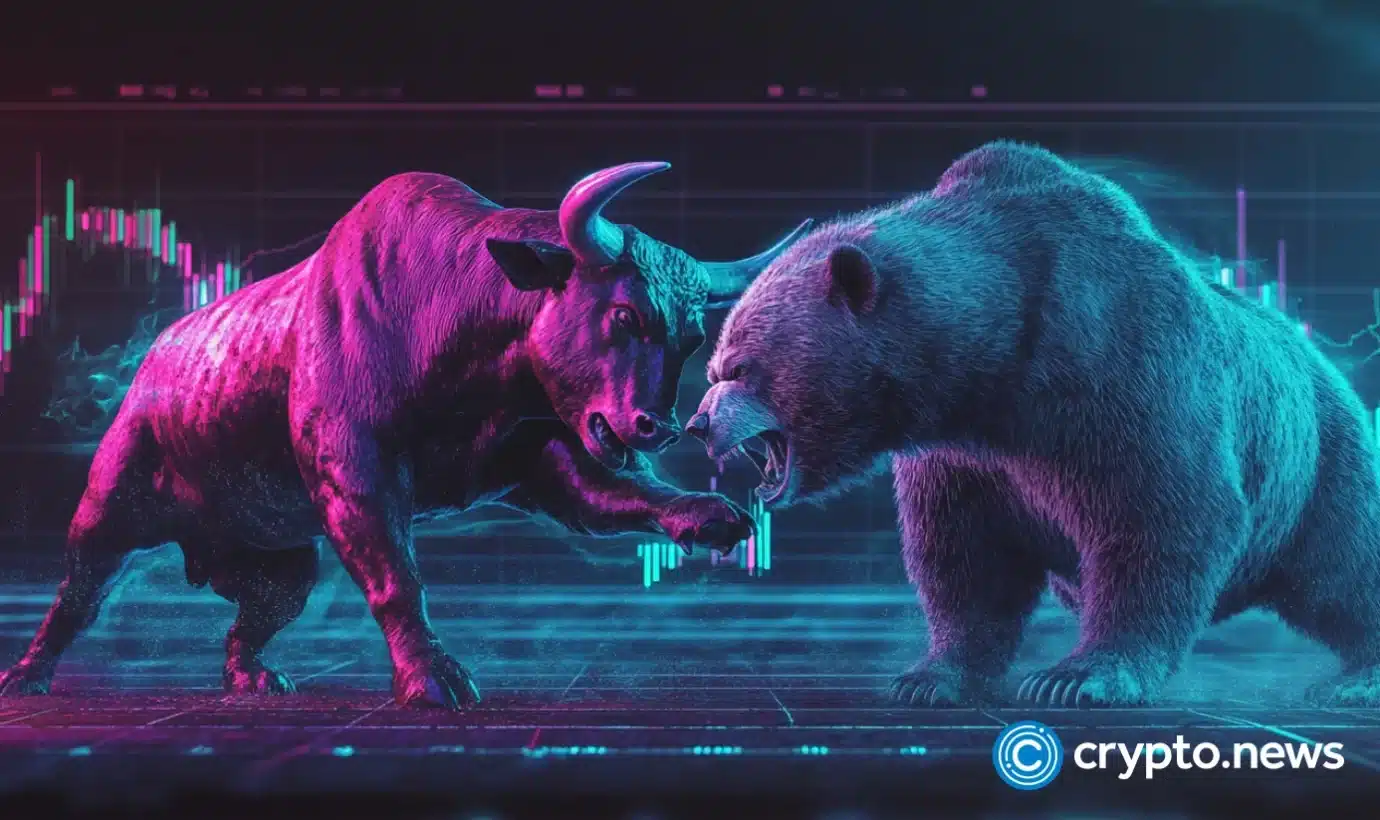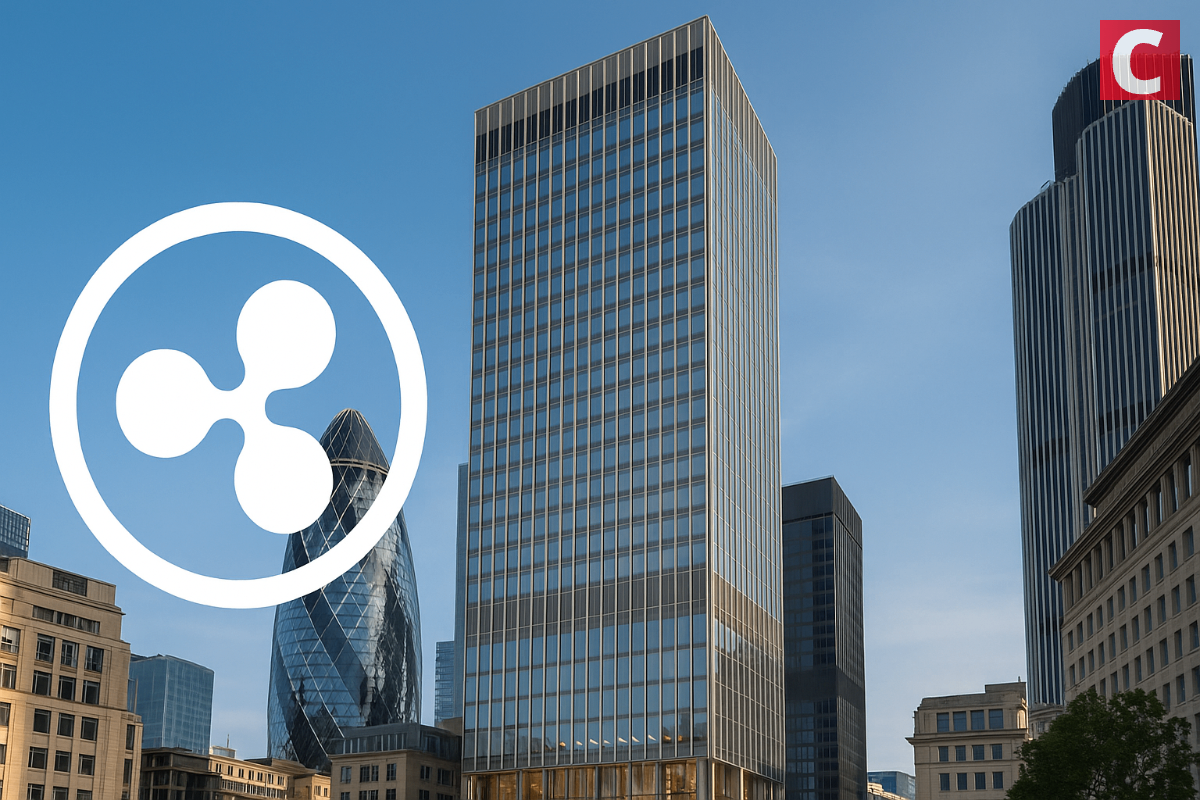What is the “Christmas Rally?”
The Christmas rally, also known as the “Santa Claus rally,” refers to a recurring pattern in which crypto markets tend to rise during the final weeks of December and early January.
Several factors contribute to this trend, including improved investor sentiment during the festive season and year-end portfolio adjustments as traders and institutions rebalance their holdings. Lower liquidity during the holidays can also amplify price movements, adding to the rally’s momentum. Around Christmas, crypto investors often behave differently than they do throughout the rest of the year.
While this pattern first appeared in traditional stock markets, its influence has since extended to gold and, more recently, to Bitcoin (BTC). Each year, as global markets slow for the holidays, investors revisit the idea of a “Christmas rally.”
Both gold and Bitcoin are viewed as stores of value, but they tend to behave differently when liquidity tightens or market sentiment shifts. As December approaches, many investors debate which asset — gold or Bitcoin — is more likely to benefit from the seasonal uptrend.
What makes gold the classic store of value?
For centuries, people have relied on gold to protect their wealth from inflation, which erodes the value of fiat currencies. Central banks around the world also hold significant gold reserves as part of their long-term monetary and reserve management strategies.
Gold usually sees strong seasonal demand in the fourth quarter each year, driven by several factors:
Jewelry purchases in China and India ahead of festive seasons
Central bank reserve accumulation
Institutional year-end risk management and portfolio adjustments.
Historically, gold does not experience sharp gains in December; instead, it tends to rise gradually. During periods of recessionary concern or geopolitical tension, gold often outperforms more volatile assets. While its price reacts to macroeconomic conditions, gold rarely delivers the dramatic returns associated with cryptocurrencies.
Did you know? Gold requires vaults, insurance and secure transportation. Bitcoin, on the other hand, relies on private key management, which can be as simple as using a hardware wallet. Both present security challenges. Gold faces the risk of physical theft, while Bitcoin is vulnerable to cyberattacks.
What makes Bitcoin a digital store of value?
Bitcoin’s reputation as “digital gold” has grown significantly since November 2022, when it traded around $16,000. Since then, its price has risen steadily.
Bitcoin first surpassed the $100,000 mark on Dec. 5, 2024, reaching $103,679. It has crossed this level several times since, recording a peak valuation of just above $125,000 in October 2025.
Its capped supply of 21 million coins and decentralized structure make Bitcoin attractive as a hedge against monetary inflation. However, unlike gold, it is generally viewed as a higher-risk asset because it is entirely intangible. Its price can surge rapidly when sentiment is strong and decline sharply during periods of uncertainty.
Bitcoin has shown notable fourth-quarter performance trends over the years:
Did you know? Bitcoin trades 24/7, allowing investors to react instantly, even during the holiday season. This includes weekends when traditional markets remain closed.
What are the macro forces driving the Christmas rally?
The outcome of any Christmas rally largely depends on macroeconomic conditions. Key factors include Federal Reserve policy, inflation data and overall market liquidity.
The US Federal Reserve reduced the federal funds rate by 25 basis points (bps) at its October 2025 meeting, setting the new target range at 3.75%-4.00%. The move was in line with market expectations and followed a similar rate cut in September, bringing borrowing costs to their lowest level since late 2022.
Lower interest rates tend to weaken the US dollar and can increase investor appetite for alternative assets such as Bitcoin.
The US annual inflation rate rose to 3.0% in September 2025, up from 2.9% in August, according to official data. However, core inflation eased slightly to 3.0% from 3.1%.
Periods of elevated inflation often increase investor interest in alternative assets such as Bitcoin and gold.
In terms of liquidity, Bitcoin tends to respond more sharply than traditional assets. Even relatively small amounts of institutional inflows, including exchange-traded fund (ETF) purchases, can influence short-term price movements.
Did you know? Gold’s largest buyers include central banks, sovereign wealth funds and jewelers. Bitcoin’s most enthusiastic adopters are retail investors, tech entrepreneurs and younger generations who favor digital assets.
Case studies: When Bitcoin and gold performed
Historical market cycles highlight how Bitcoin and gold respond differently to changing economic conditions. These examples provide insight into when Bitcoin tends to outperform gold and when gold acts as the more dependable safe haven.
Case study: When Bitcoin shined
In 2020, governments introduced large-scale monetary stimulus to counter the economic slowdown caused by the pandemic. Investors turned to assets that could help preserve value as fiat currencies weakened. Gold rallied strongly early in the year, while Bitcoin gained momentum in the second half.
By December 2020, Bitcoin had closed near record highs around $29,000, whereas gold ended the year with modest gains near $1,900. This case study illustrates that during periods of abundant liquidity and low interest rates, Bitcoin has historically shown stronger performance than traditional stores of value like gold.
Case study: When gold ruled
Between 2021 and 2022, inflation surged, prompting central banks to respond with sharp interest rate hikes. Risk assets fell broadly, and Bitcoin, being more speculative, suffered steep declines.
Gold, however, remained resilient, with periods of price gains as investors turned to it as a traditional safe haven. This case study illustrates that gold tends to preserve value better than Bitcoin during periods of monetary tightening and market stress.
This article does not contain investment advice or recommendations. Every investment and trading move involves risk, and readers should conduct their own research when making a decision.

 3 hours ago
1
3 hours ago
1
















 English (US) ·
English (US) ·